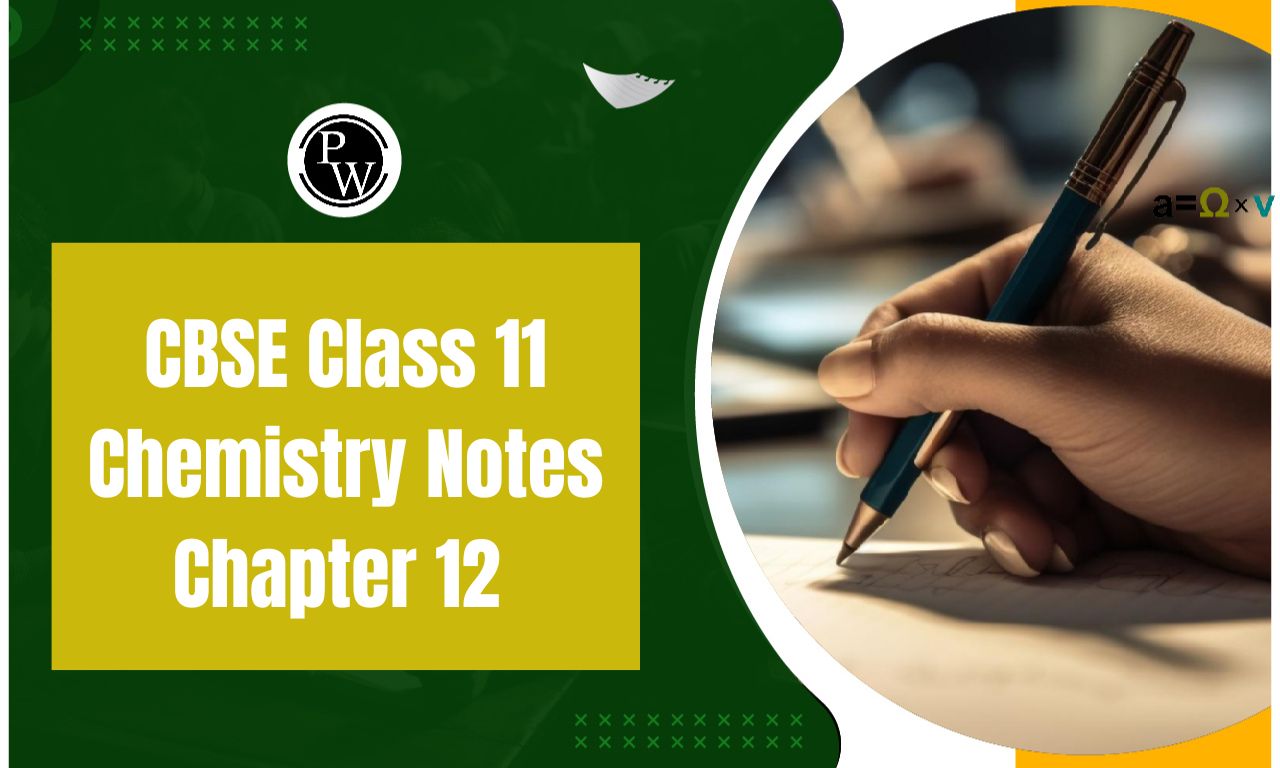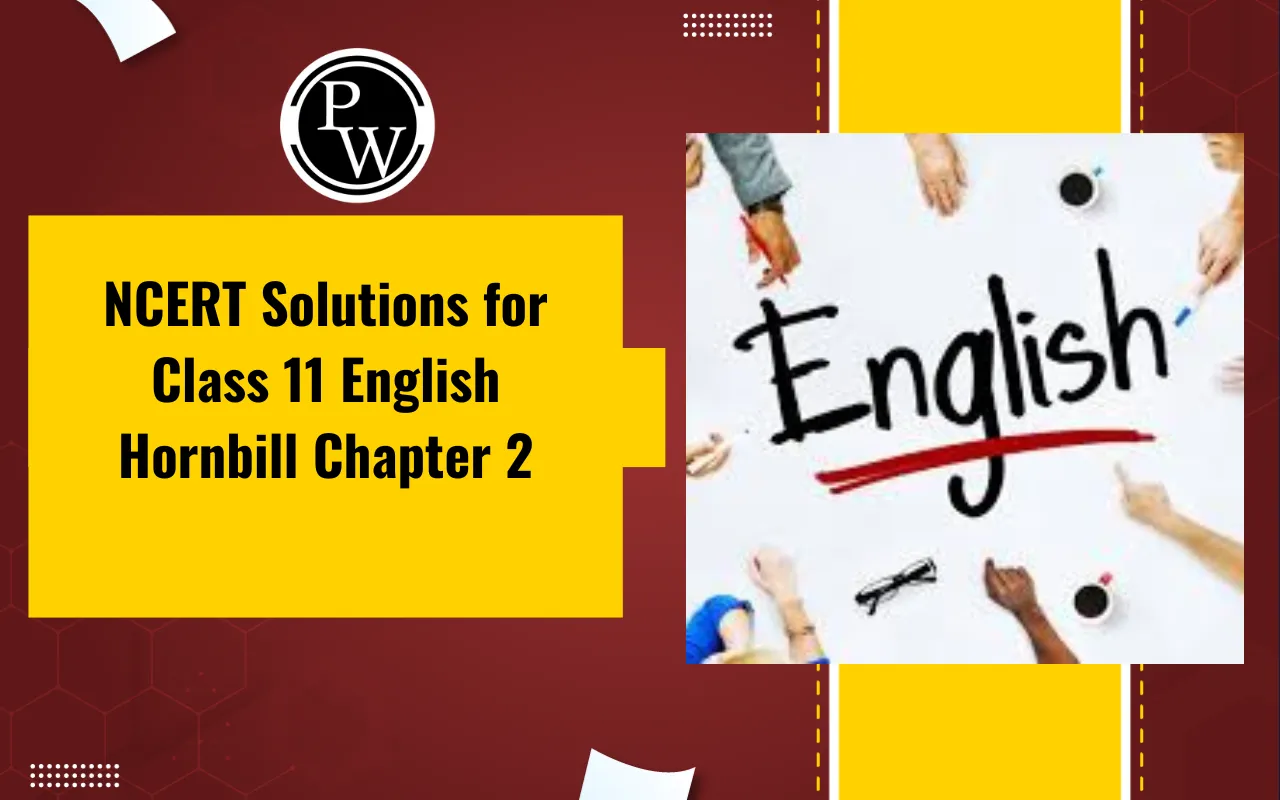
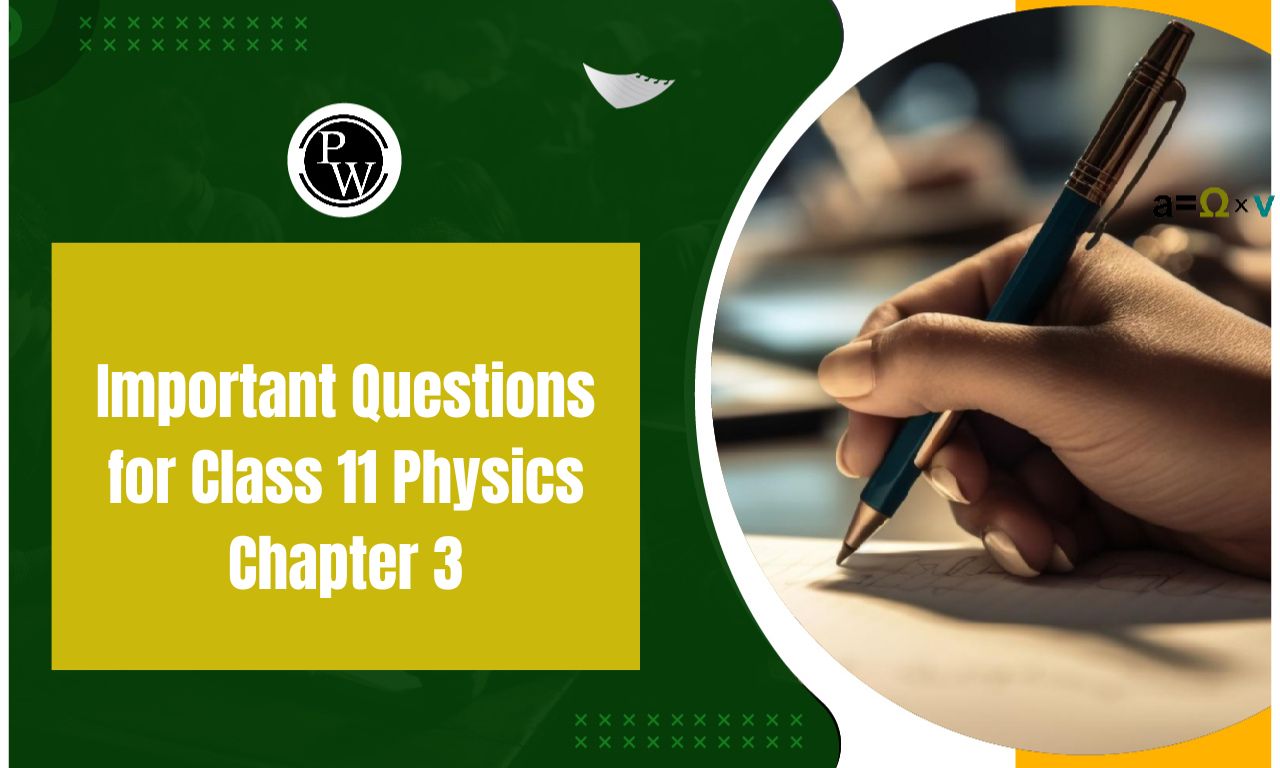
Important Questions for Class 11 Physics Chapter 3: Class 11 Physics Chapter 3, Motion in a Plane, focuses on the motion of objects in two dimensions. Key topics include vector representation, displacement, velocity, and acceleration in the plane, along with projectile motion.
Students are introduced to concepts like relative velocity, uniform circular motion, and the use of kinematic equations in two dimensions. Important questions often involve calculating the components of motion, analyzing projectile trajectories, and solving problems related to centripetal acceleration. Understanding vector addition, resolving forces, and applying principles to real-life scenarios are central to mastering this chapter.Important Questions for Class 11 Physics Chapter 3 Overview
Chapter 3 of Class 11 Physics, Motion in a Plane, explores the fundamental concepts of vector analysis, projectile motion, and circular motion. Key topics include the resolution of vectors, relative velocity, and motion under uniform circular motion, which are crucial for understanding real-world applications like satellite orbits, sports trajectories, and vehicles on curved paths. Mastery of this chapter lays the foundation for advanced topics in Physics, especially in mechanics. Important questions from this chapter test comprehension of vector addition, the laws of motion in two dimensions, and kinematic equations, making it essential for both board exams and competitive tests.Important Questions for Class 11 Physics Chapter 3 PDF
Chapter 3 of Class 11 Physics, "Motion in a Plane," is crucial for understanding vector quantities, projectile motion, and relative velocity concepts. Below, we have provided a comprehensive PDF containing important questions tailored to cover all key topics. These questions focus on conceptual clarity, numerical problem-solving, and application-based scenarios, helping students prepare effectively for exams. Download the PDF now and strengthen your understanding of this fundamental chapter.Important Questions for Class 11 Physics Chapter 3 PDF
Important Questions for Class 11 Physics Chapter 3 with Solutions
Below is the Important Questions for Class 11 Physics Chapter 3 Motion in a Plane -1. What is the trajectory of a projectile?
Ans: Trajectory of a projectile can be defined as the path followed by a projectile. The trajectory may be of various forms, for example, parabola.
2. A projectile is fired at an angle of 30 with the horizontal with velocity 10 m / s. At what angle with the vertical should it be fired to get maximum range?
Ans: The maximum range that can be achieved is at an angle of 45.

4. Give an example of a body moving with uniform speed but having a variable velocity and an acceleration which remains constant in magnitude but changes in direction
Ans: An example of a body moving with uniform speed having velocity that is not constant can be given as a body moving in a circular path.
5. What is the direction of centripetal force when particle is following a circular path?
Ans: The direction of the centripetal force in a circular path is towards the centre of the circle.

7. What will be the effect on horizontal range of a projectile when its initial velocity is doubled, keeping the angle of projection same?
Ans: The horizontal range will be four times the initial horizontal range.
8. What will be the effect on the maximum height of a projectile when its angle of projection is changed from 30 to 60 , keeping the same initial velocity of projection?
Ans: The maximum height will be three times the initial vertical height.
2 Marks Questions
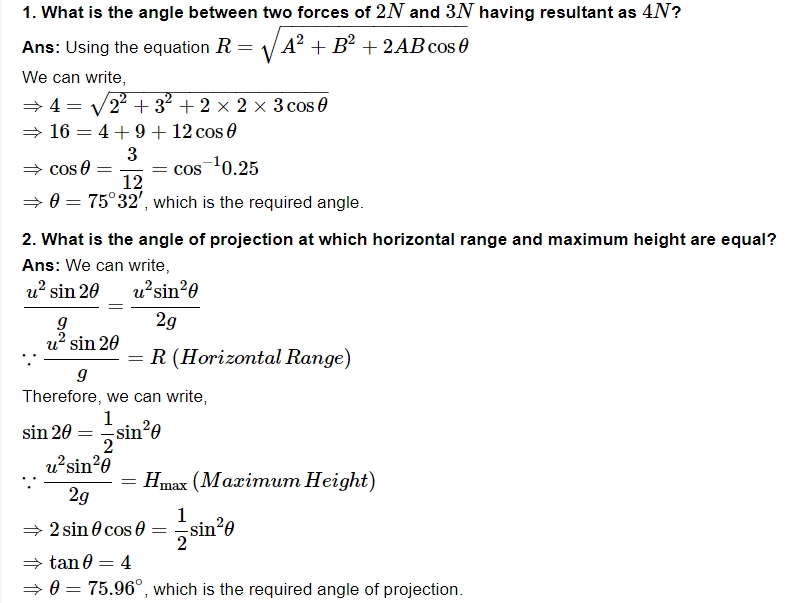
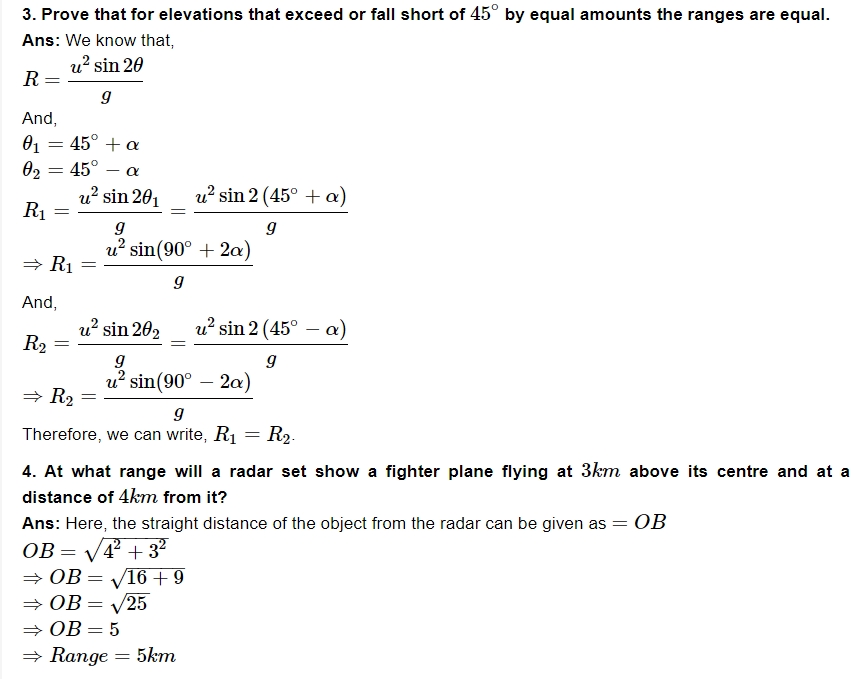
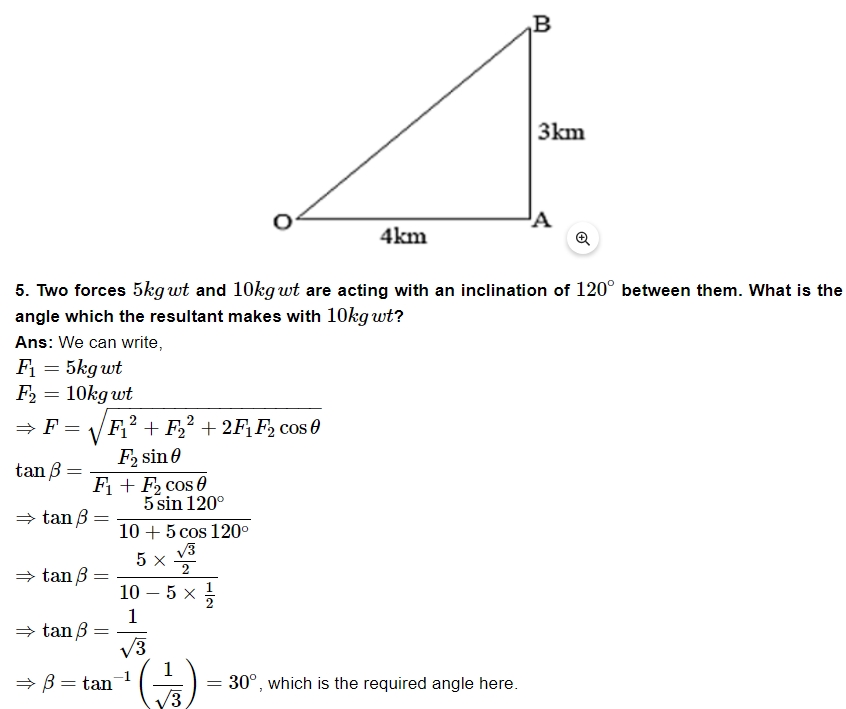
6. A stone is thrown vertically upwards and then it returns to the thrower. Is it a projectile? Explain.
Ans: A stone thrown vertically upwards cannot be called as a projectile since a projectile must have two perpendicular components of velocities but in the given case a stone has velocity in one direction while going up or coming downwards.
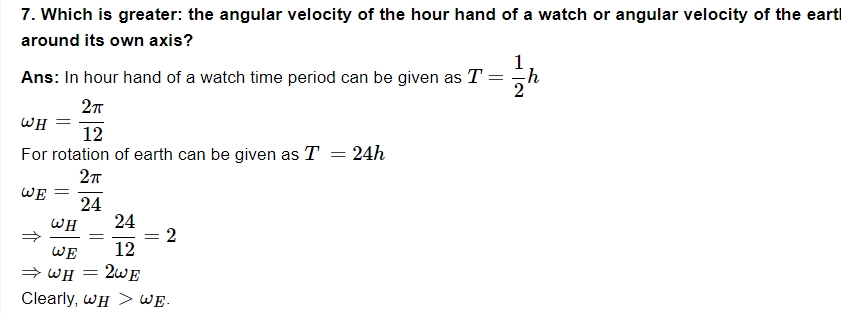
8. Why does the direction of motion of a projectile become horizontal at the highest point of its trajectory?
Ans: At the highest point of the trajectory, the vertical component of velocity becomes zero. Thus, the direction of motion of the projectile becomes horizontal.
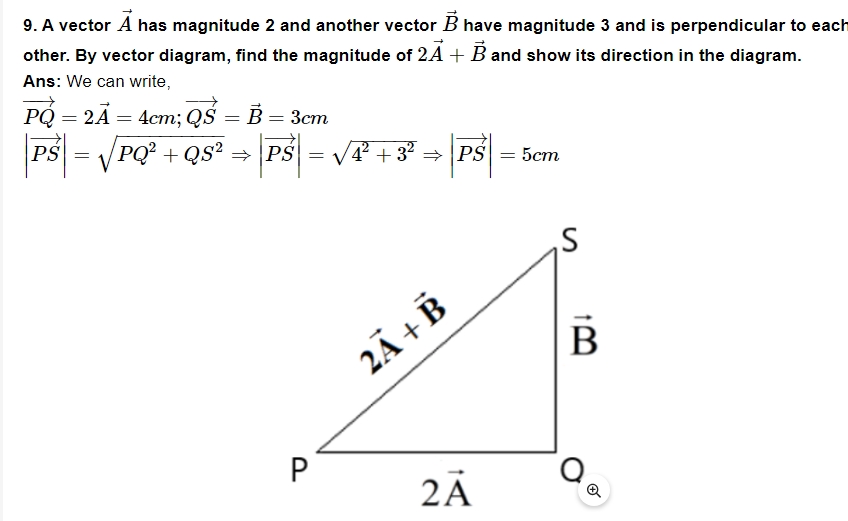
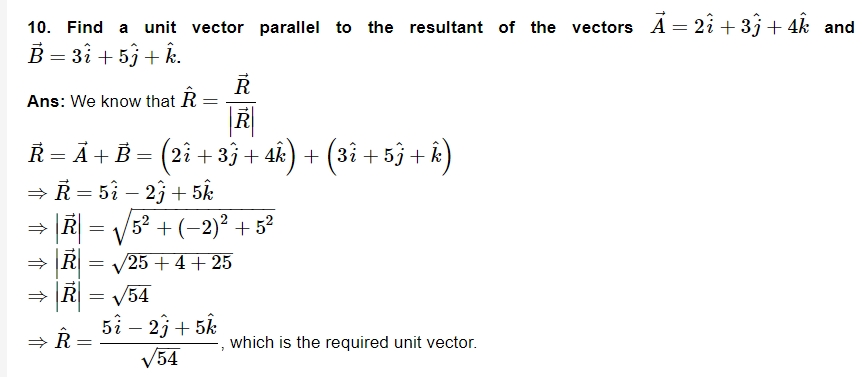
11. A stone tied at the end of string is whirled in a circle. If the string breaks, the stone flies away tangentially. Why?
Ans: When a stone, that is tied at the endpoint of a string, moving around a circular path, its velocity acts tangent to the circle.
When the string breaks, the centripetal force will not act. Because of inertia, the stone continues to move along the tangent to the circular path and flies off tangentially to the circular path.
3 Marks Questions
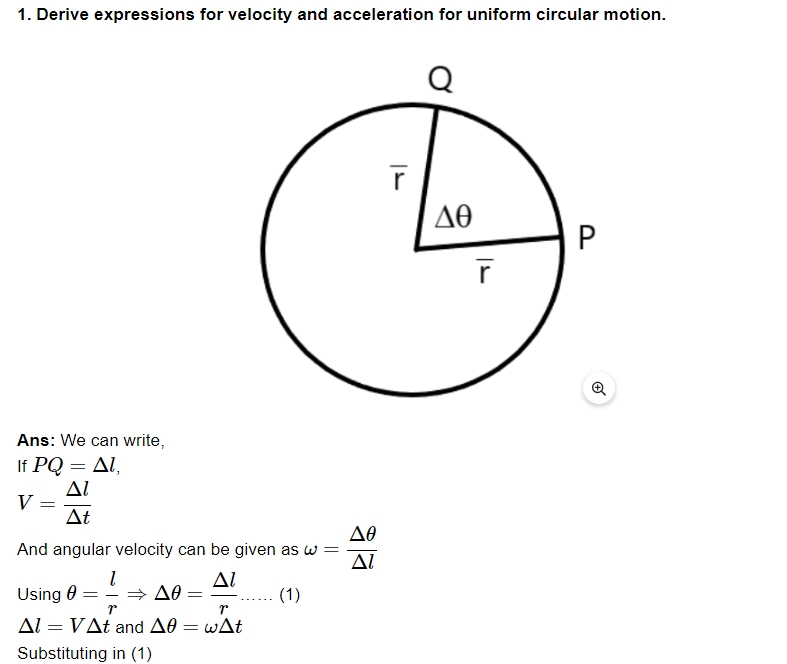
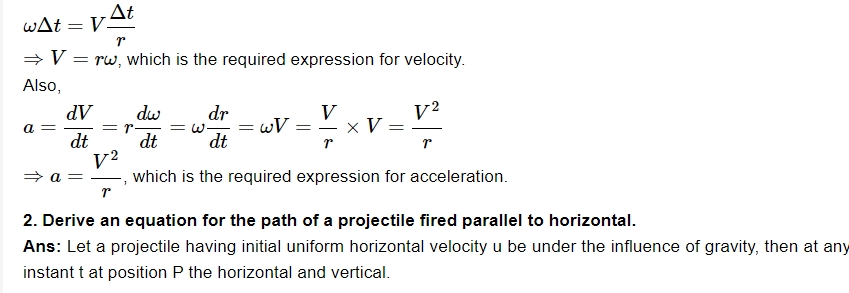
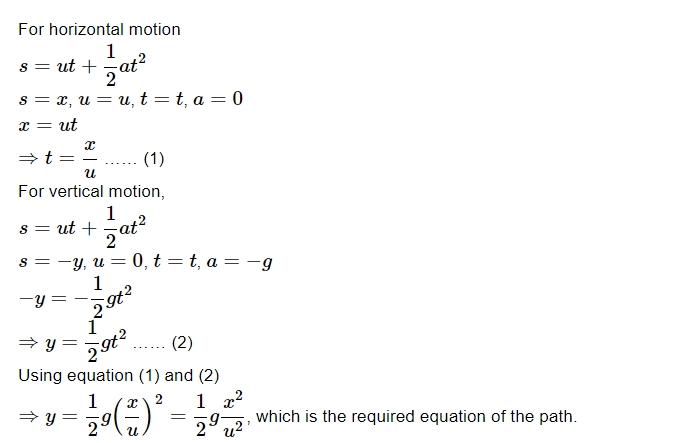
3. a) Define time of flight and horizontal range.
Ans: The time taken by the projectile to complete its trajectory is defined as time of flight.
The maximum horizontal distance covered by the projectile from the foot of the tower to the point where projectile hits the ground is defined as horizontal range.
b) From a certain height above the ground a stone A is dropped gently. Simultaneously another stone B is fired horizontally. Which of the two stones will arrive on the ground earlier?
Ans: Both the stones will reach the ground simultaneously since the initial vertical velocity in both cases is zero and both are falling with same acceleration equal to acceleration due to gravity.
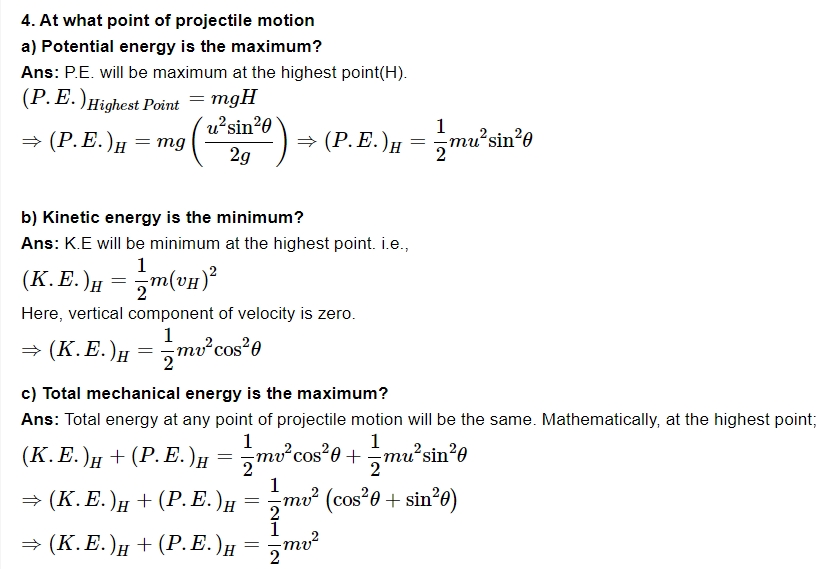
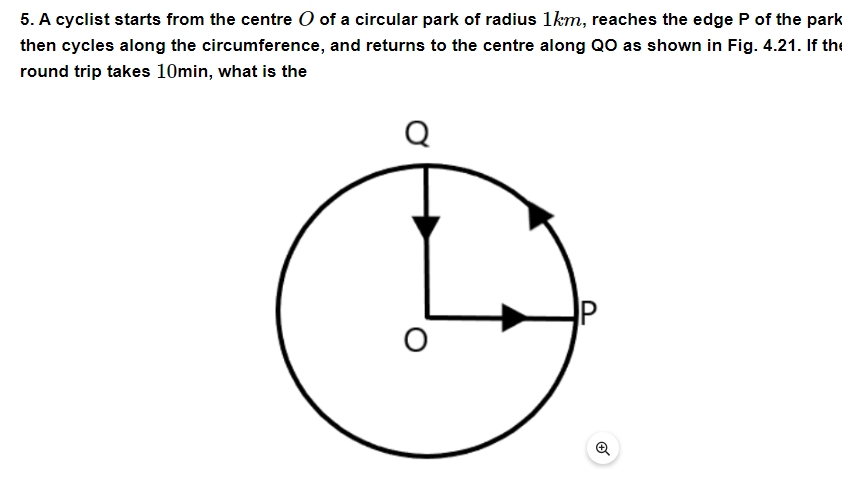
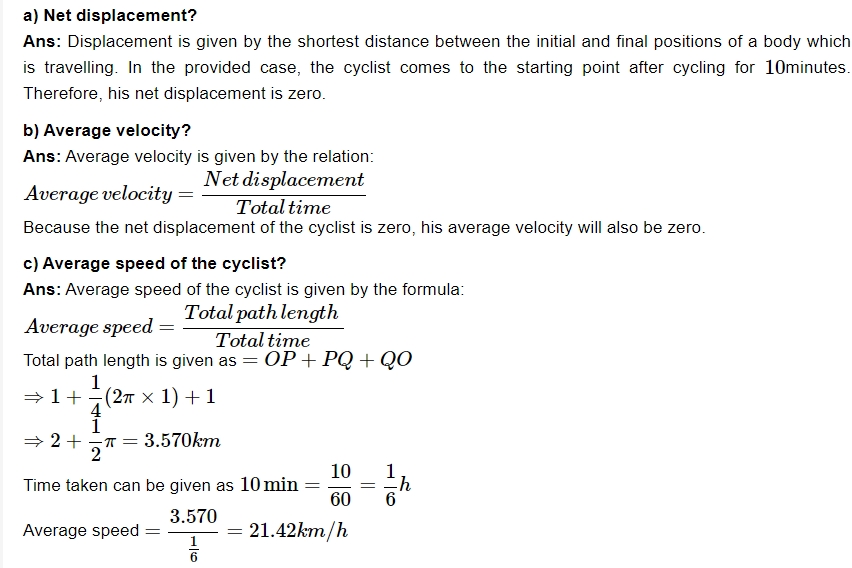
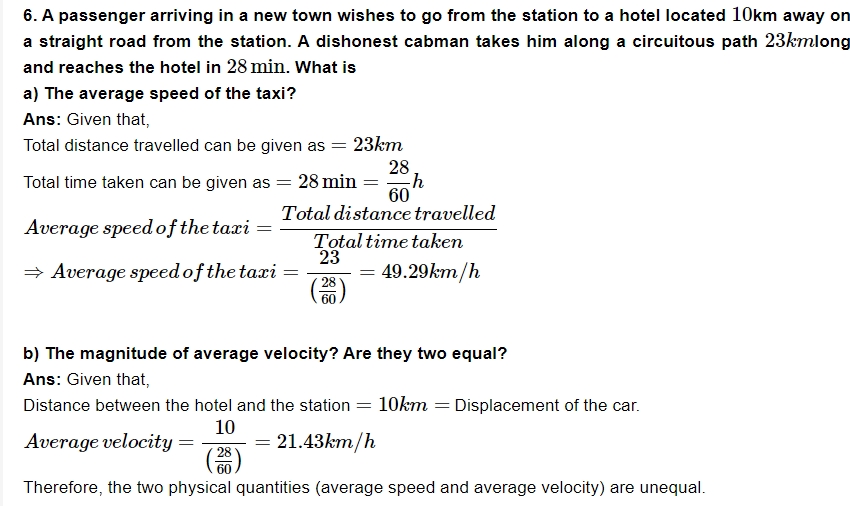
4 Marks Questions
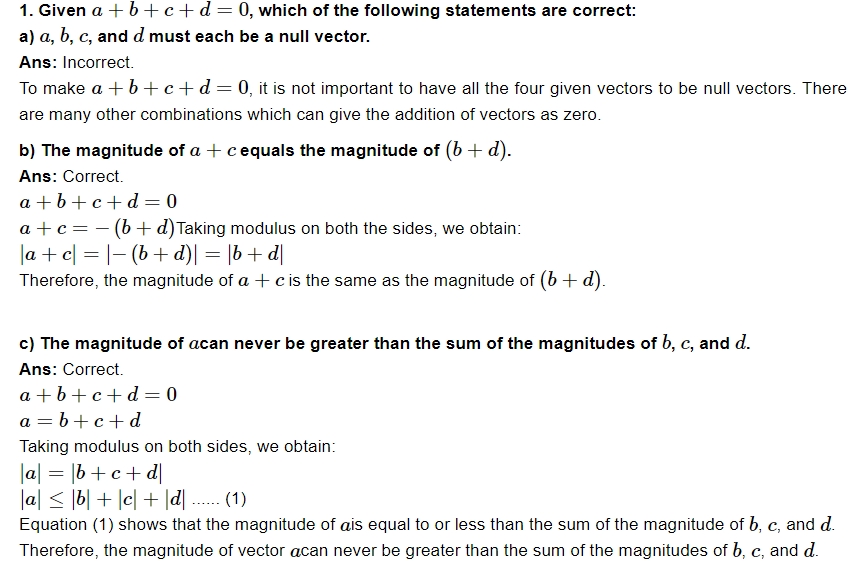
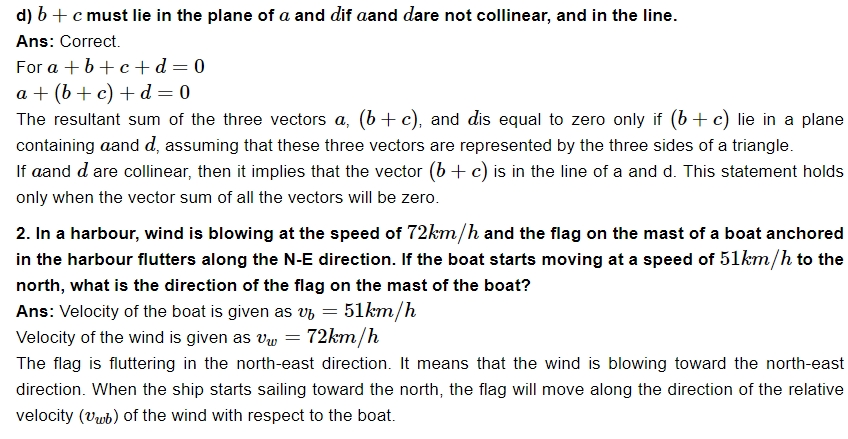
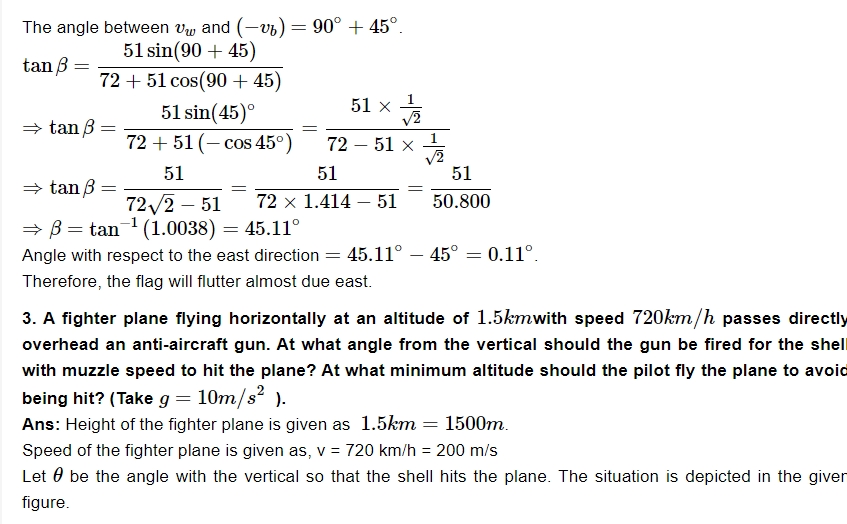
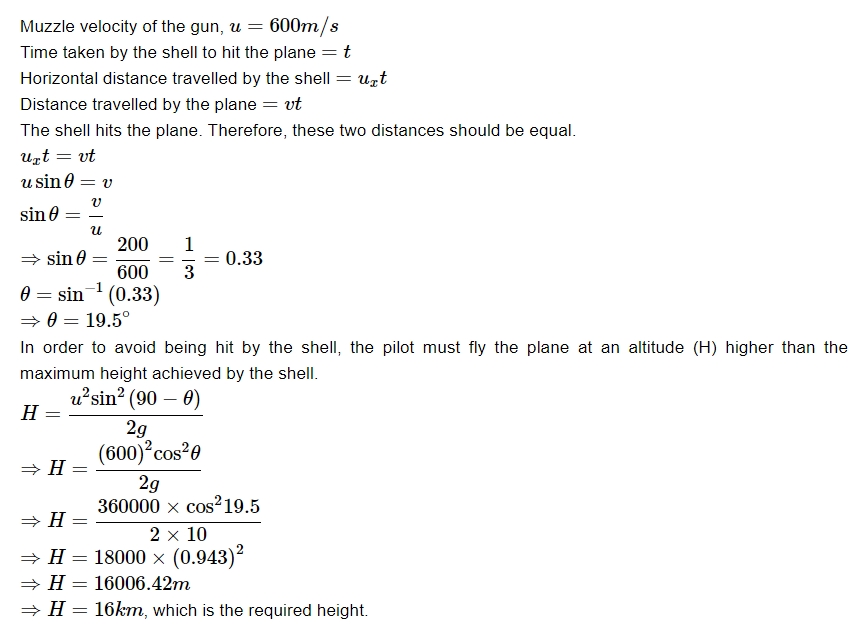
Benefits of Using Important Questions for Class 11 Physics Chapter 3
Using important questions for Class 11 Physics Chapter 3 "Motion in a Plane" offers several benefits for students:Focused Learning : Important questions help students focus on key concepts, formulas, and applications. They ensure that students cover all essential topics while preparing for exams.
Better Concept Clarity : By practicing important questions, students can reinforce their understanding of crucial concepts like projectile motion, relative velocity, and circular motion, which are central to the chapter.
Time Management : Important questions allow students to prioritize their study time, concentrating on topics that are more likely to appear in exams and helping them utilize their time more efficiently.
Improved Problem-Solving Skills : Working through challenging questions sharpens problem-solving abilities, which are critical for mastering physics. It enables students to apply theoretical knowledge to real-world scenarios.
Boosts Confidence : As students practice and solve important questions, they build confidence in their ability to tackle the exam. Familiarity with common question types reduces exam anxiety.
Exam Preparation : These questions give students an idea of the exam pattern and the type of questions they are likely to face, helping them prepare effectively.
Important Questions for Class 11 Physics Chapter 3 FAQs
What is motion in a plane also known as?
What are the most important topics of motion in a plane?
What law of motion is in a plane?
What type of motion is flying?





